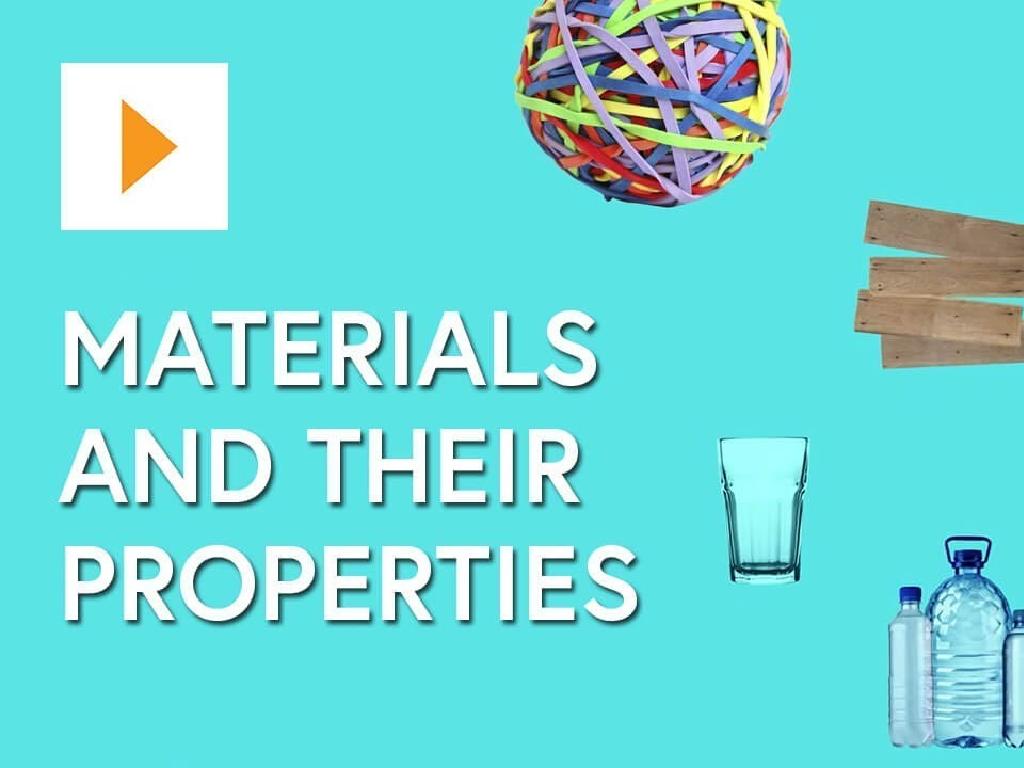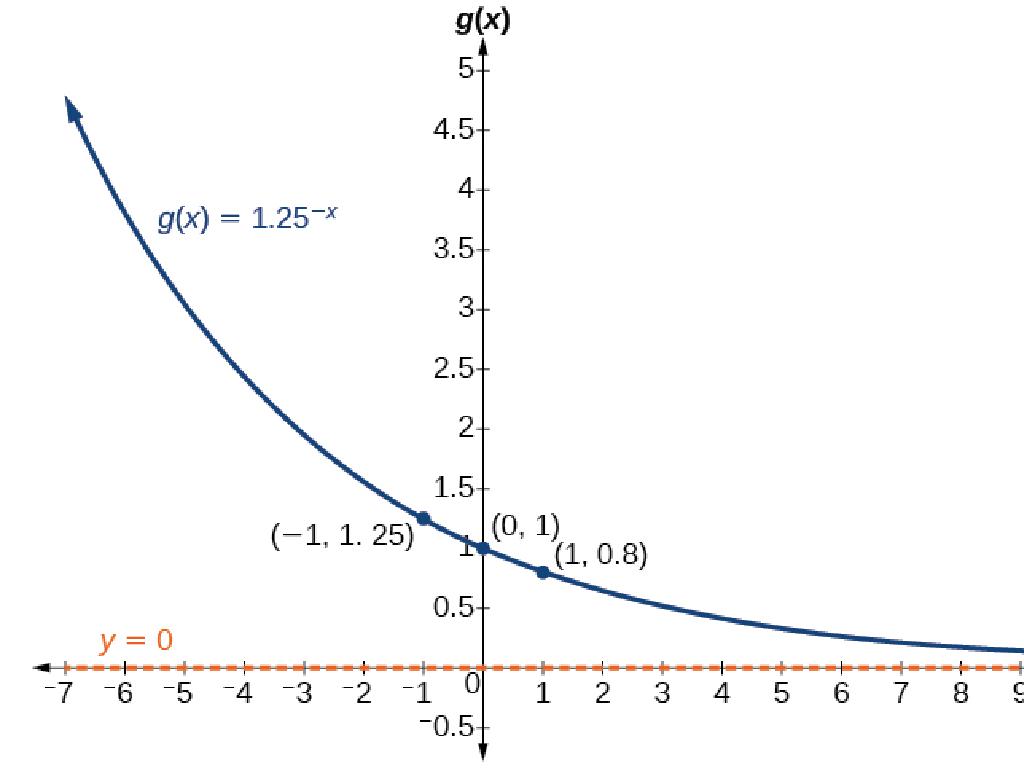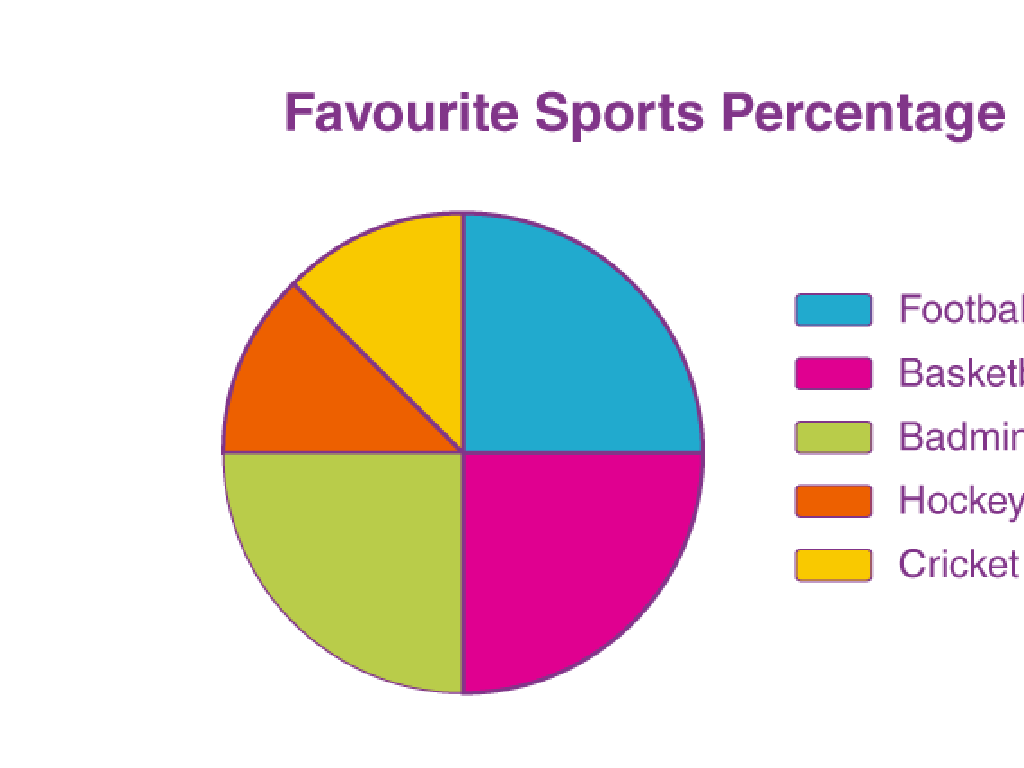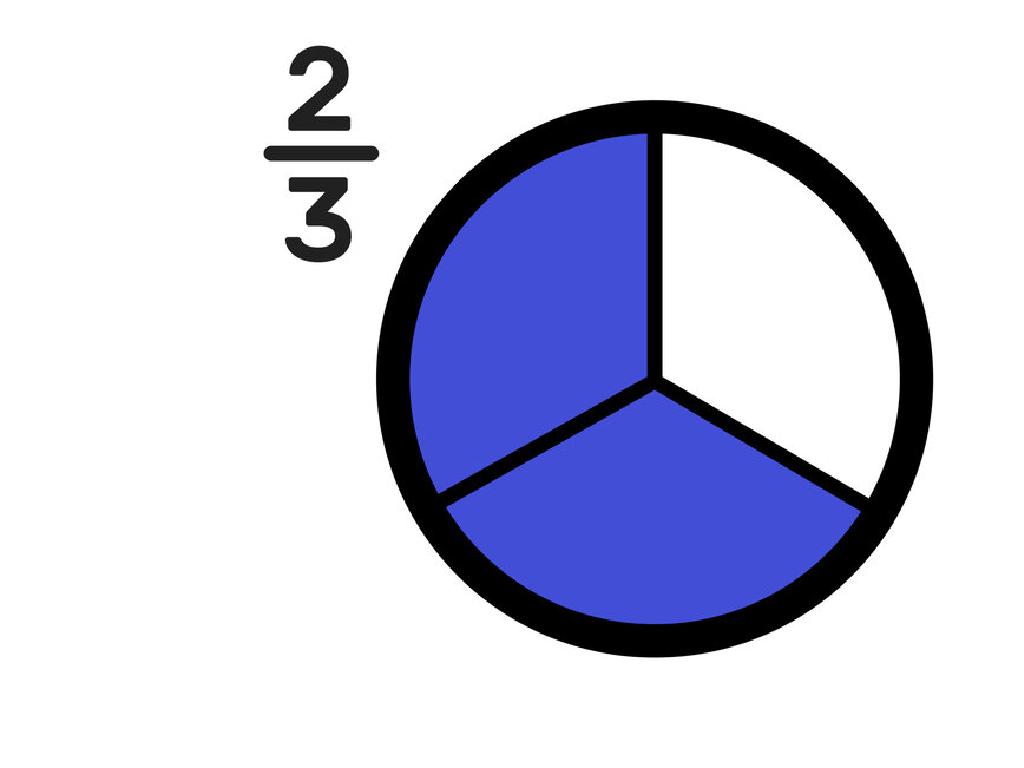Which Word Is A Noun?
Subject: Language arts
Grade: Third grade
Topic: Nouns
Please LOG IN to download the presentation. Access is available to registered users only.
View More Content
Welcome to Nouns!
– Introduction to nouns
– Nouns are everywhere
– Look around, what do you see?
– Nouns: Person, place, thing, idea
– Examples: ‘teacher’ (person), ‘school’ (place), ‘book’ (thing), ‘happiness’ (idea)
– Classroom noun search activity
– Find and name nouns in our classroom
|
Begin the class with a warm welcome and introduce the topic of nouns to the students. Explain that a noun is a word that names a person, place, thing, or idea. To make this concept tangible for third graders, engage them in a fun activity where they look around the classroom and name objects they see, identifying which word is a noun. This will help them connect the concept of nouns to real-world objects and ideas they are familiar with. Encourage them to think creatively and share their answers with the class. This activity will set the foundation for understanding nouns and how they are used in language.
Common and Proper Nouns
– What are common nouns?
– Names general items, like ‘dog’, ‘school’, or ‘city’
– What are proper nouns?
– Names specific things, like ‘Fido’, ‘Lincoln Elementary’, ‘New York’
– ‘city’ vs. ‘New York’
– ‘city’ is general, but ‘New York’ is a specific city
– Is it common or proper?
|
Introduce the concept of common and proper nouns to the students, explaining that common nouns are general names for things, while proper nouns are specific names and always start with a capital letter. Use clear examples to illustrate the difference: ‘city’ is a common noun, whereas ‘New York’ is a proper noun because it’s the specific name of a city. Engage the class with interactive questioning, asking them to identify whether given words are common or proper nouns. This activity will help solidify their understanding and allow them to practice distinguishing between the two types of nouns.
Singular and Plural Nouns
– What is a singular noun?
– A singular noun means just one
– What is a plural noun?
– A plural noun means more than one
– Examples: ‘cat’ and ‘cats’
– ‘cat’ is one, ‘cats’ is more than one
– Activity: Make plurals from singulars
|
This slide introduces the concept of singular and plural nouns to third-grade students. Begin by explaining that a singular noun refers to one single item, while a plural noun refers to more than one item. Use simple, relatable examples such as ‘cat’ for singular and ‘cats’ for plural to illustrate the difference. For the class activity, provide a list of singular nouns and ask students to convert them into plural nouns. This can include adding ‘s’ or ‘es’, or changing ‘y’ to ‘ies’. Possible activity variations could include using objects in the classroom, pictures, or a word hunt in their reading book to find and convert singular nouns to plural. The goal is to help students recognize and form plural nouns correctly.
Exploring Nouns: Concrete vs. Abstract
– What are concrete nouns?
– Things you can touch, like ‘dog’, ‘pizza’, or ‘pencil’
– What are abstract nouns?
– Ideas or feelings you can’t touch, like ‘joy’, ‘time’, or ‘freedom’
– ‘Apple’ and ‘bravery’ examples
– Class exercise: Identify noun types
– List nouns from a story and classify them as concrete or abstract
|
Begin by explaining that nouns can be sorted into two categories: concrete and abstract. Concrete nouns are tangible and can be experienced with the five senses, such as ‘chair’ or ‘ice cream’. Abstract nouns represent intangible concepts, emotions, or ideas, like ‘happiness’ or ‘growth’. Use ‘apple’ as a concrete noun example and ‘bravery’ as an abstract noun example. For the class exercise, have students pick out nouns from a story or their surroundings and decide whether they are concrete or abstract. This activity will help solidify their understanding of the difference between the two types of nouns. Provide guidance and feedback as they work through the exercise.
Spot the Nouns in Sentences
– Sentences filled with nouns
– Look for people, places, things, or ideas
– Clues to find nouns
– Words like ‘a’, ‘an’, and ‘the’ often signal a noun is near
– Let’s practice finding nouns
– Find nouns in sentences from a story or picture
– Share your noun discoveries
|
This slide is aimed at helping third-grade students identify nouns within sentences. Start by showing sentences and pointing out the nouns. Explain that nouns can be a person, place, thing, or idea. Context clues like articles ‘a’, ‘an’, and ‘the’ often precede nouns. For practice, provide sentences and have students highlight or write down the nouns they find. Encourage them to explain why they think each word is a noun. This interactive activity will reinforce their understanding of nouns and how to identify them in writing. Prepare to have students share their findings with the class to foster a collaborative learning environment.
Let’s Play a Game: Noun Hunt!
– Learn the Noun Hunt rules
– Find nouns around us
– Look for person, place, thing, or idea
– Fill out your Noun Hunt sheet
– Write down each noun you find on your sheet
– Share your noun discoveries
– We’ll discuss what everyone found as a class
|
This slide introduces the Noun Hunt game, an interactive activity to help students identify nouns in their environment or from a text. The rules are simple: students must search for nouns, which can be a person, place, thing, or idea, and record them on their Noun Hunt sheets. Encourage students to be observant of their surroundings or to carefully read a passage to find as many nouns as they can. After the hunt, students will share their findings with the class, fostering a collaborative learning environment. For the teacher: Prepare Noun Hunt sheets with spaces for students to write down nouns. Consider pairing students or creating small groups for collaborative learning. Have a list of potential nouns in the classroom or select a reading passage with a rich variety of nouns to aid the activity.
Nouns: Review and Practice
– Quick recap: What’s a noun?
– A noun is a person, place, thing, or idea
– Types of nouns: Common & Proper
– Common nouns are general names, proper nouns are specific names
– Practice: Find nouns in sentences
– We’ll identify nouns together in class
– Q&A session for noun clarity
|
Begin the slide with a brief review of nouns, ensuring students recall that nouns are words that name people, places, things, or ideas. Differentiate between common nouns (general names like ‘dog’, ‘city’) and proper nouns (specific names like ‘Fido’, ‘New York’). Move on to a collaborative activity where students identify nouns in provided sentences, reinforcing their understanding through practice. Conclude with a Q&A session, addressing any uncertainties or confusions about nouns, to solidify the day’s lesson. Prepare a list of sentences for the practice activity and anticipate common questions for the Q&A to ensure a smooth and educational class experience.
Class Activity: Craft Your Noun Story
– Write a short story using today’s nouns
– Underline every noun you use
– Nouns are names of people, places, things, or ideas
– Share your story with peers
– Discuss the nouns in each story
– Listen to how nouns are used in different stories
|
This activity is designed to reinforce the concept of nouns through creative writing. Students will apply their understanding by identifying nouns in a context they’ve created. Encourage them to think broadly about nouns, including proper nouns, common nouns, and abstract nouns. After writing, they will underline the nouns to visually separate them from the rest of the text. Sharing stories in groups allows for peer learning and showcases the variety of nouns. As a teacher, facilitate the discussion post-sharing to ensure each student understands why certain words are nouns. Provide feedback and celebrate their creativity. Possible variations of the activity could include drawing a picture to accompany the story, focusing on a specific type of noun, or creating a noun collage from magazines or newspapers.





